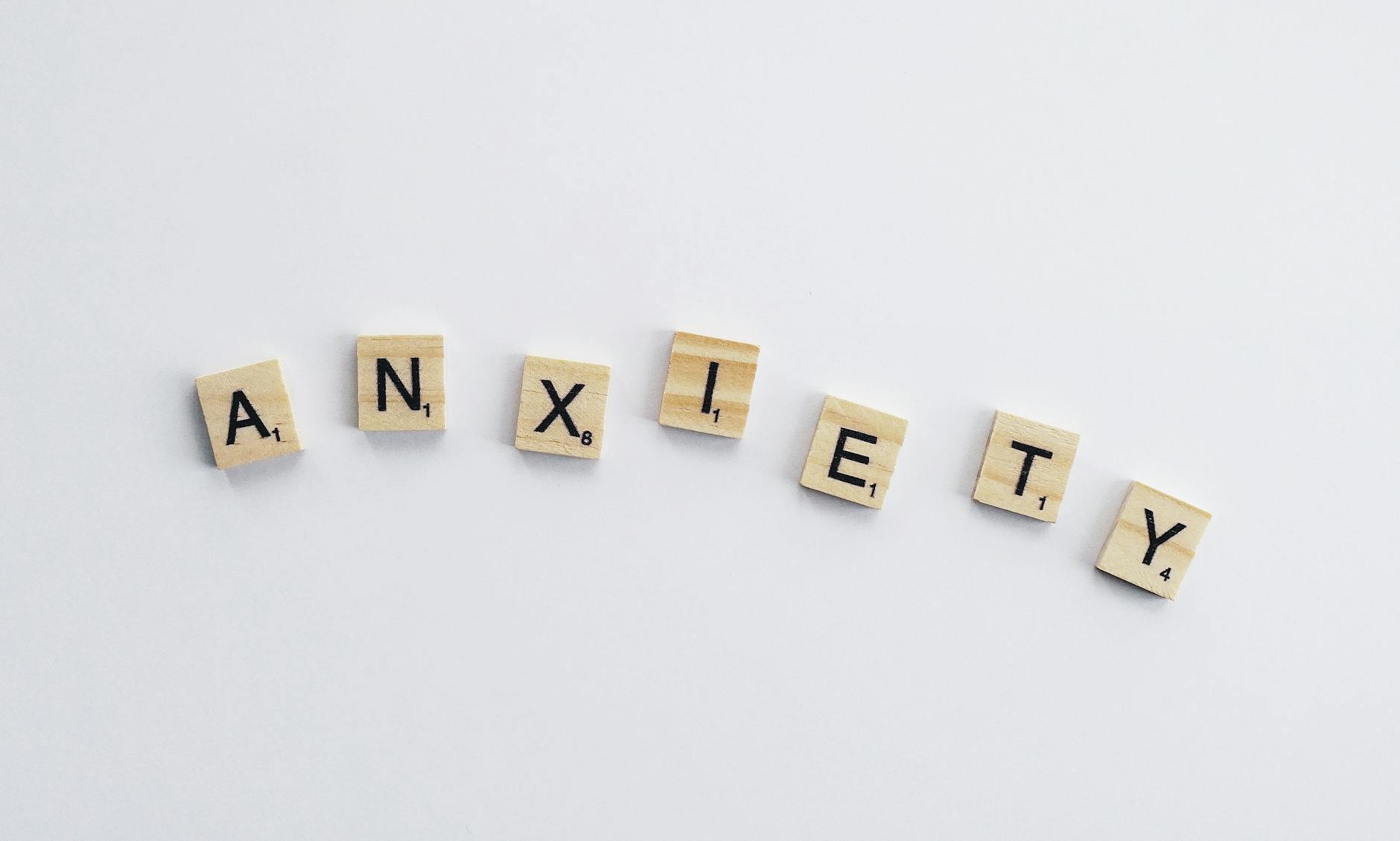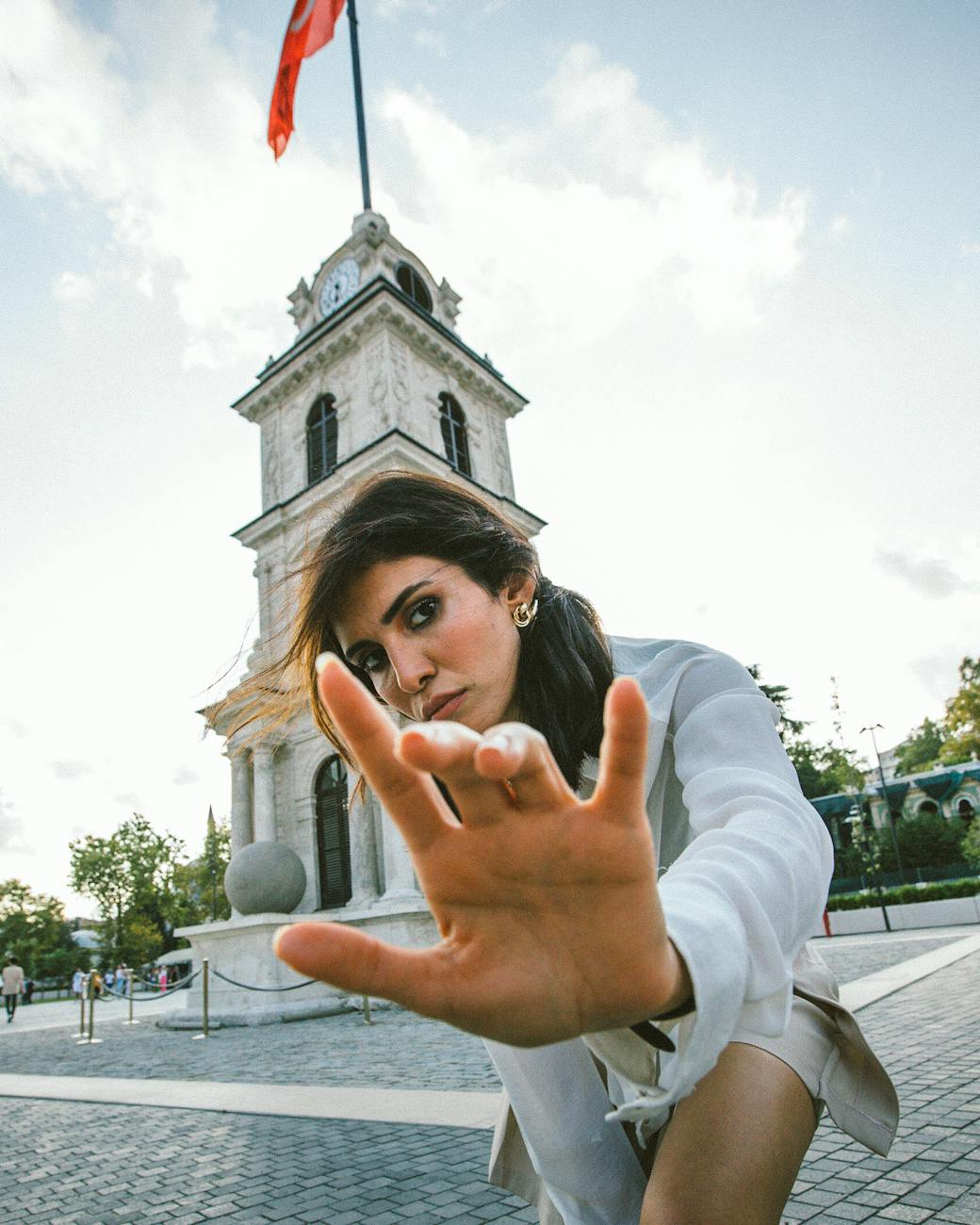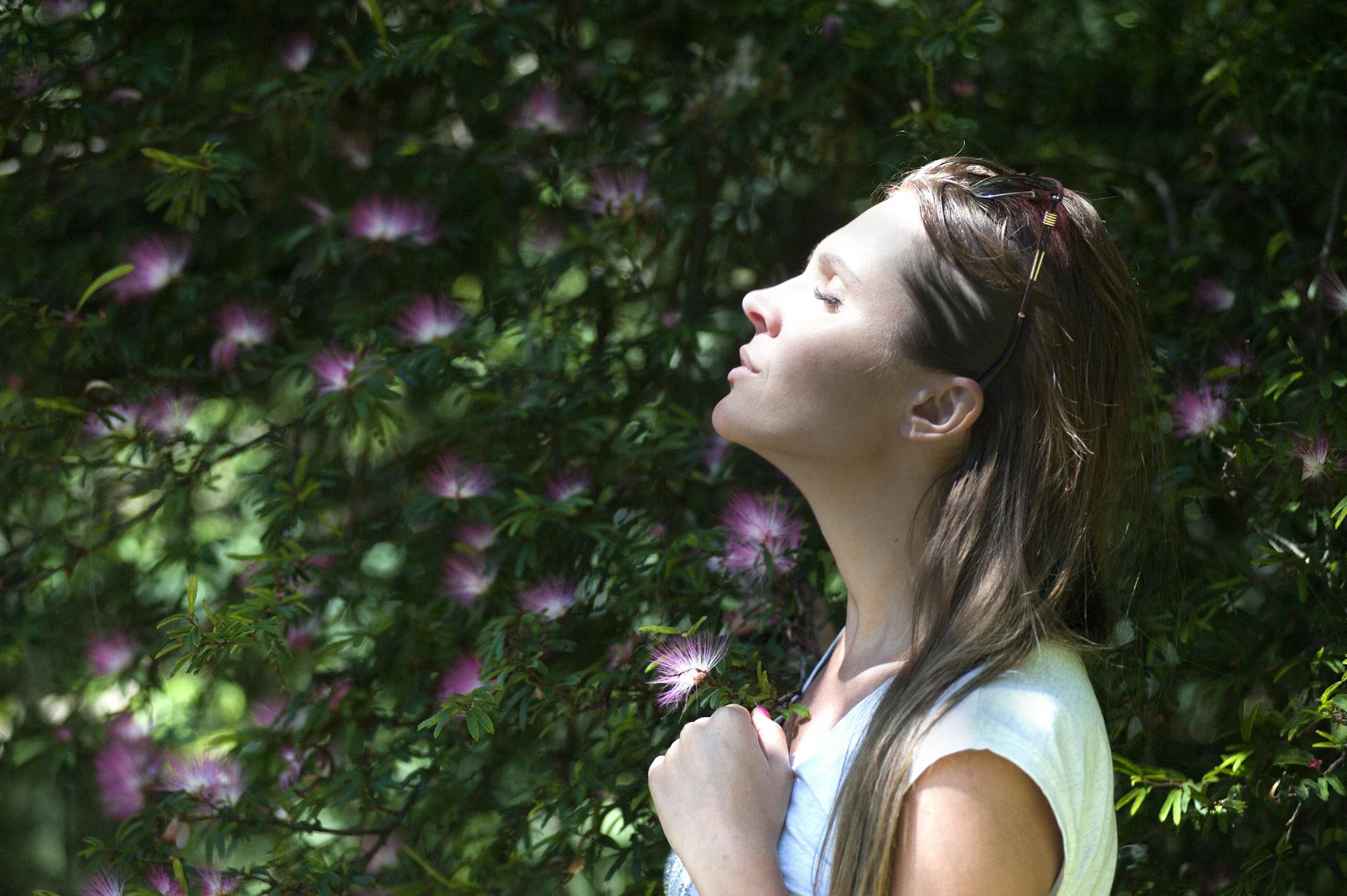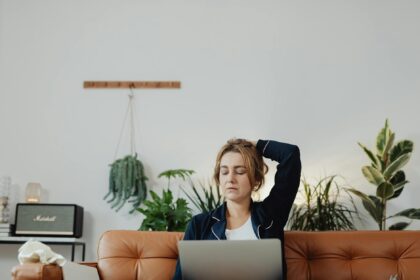
Outsmarting Anxiety with Ayurveda: A Balanced Approach to Calm
Anxiety has a way of creeping up when you least expect it. You might be having a quiet cup of coffee, enjoying a moment of calm, when suddenly—out of nowhere—a wave of worries hits: Did I lock the door? Is my boss upset? What if I left the stove on?!
This familiar feeling of anxiety can leave you mentally exhausted, always on edge. Before we dive into solutions, it’s important to remember that anxiety, while overwhelming, is a natural part of life. However, the good news is that with the wisdom of Ayurveda and modern psychology, you can learn to manage and control it effectively.
What is Anxiety?
Anxiety is your brain’s alarm system. It’s designed to warn you of potential threats and prepare your body to either fight or flee. Historically, this helped our ancestors survive in dangerous environments, but today’s stressors—deadlines, social expectations, and a never-ending to-do list—trigger that system too often, leading to chronic stress and worry.
In the realm of mental health, Generalized Anxiety Disorder (GAD) is a clinical term used to describe a condition where anxiety is persistent and excessive. According to the DSM-5 (Diagnostic and Statistical Manual of Mental Disorders), GAD is characterized by:
- Excessive anxiety and worry on most days for at least six months.
- Difficulty controlling the worry.
- Physical symptoms such as restlessness, fatigue, difficulty concentrating, irritability, muscle tension, and sleep disturbances.
These criteria help distinguish everyday worry from an anxiety disorder that may need therapeutic intervention.
Understanding the Root Causes: A Psychological and Ayurvedic Perspective
Psychological View: Pathogenesis of Anxiety
From a psychological perspective, anxiety arises from a combination of genetic, environmental, and cognitive factors. Cognitive Behavioral Therapy (CBT) posits that our thought patterns play a crucial role in triggering anxiety. Catastrophizing, for instance, is a common cognitive distortion where individuals believe the worst-case scenario is not only possible but inevitable.
Environmental factors such as traumatic experiences, high-pressure work environments, or long-term stress can activate the body’s stress response system (HPA axis), leading to chronic anxiety. Over time, the brain’s amygdala (responsible for fear responses) becomes hyperactive, perpetuating the feeling of anxiety.
Ayurvedic View : The Dosha Connection
Ayurveda views anxiety as an imbalance of Vata dosha, the dosha associated with air and space. Vata governs movement, including thoughts and nervous system functions. When Vata is out of balance, it can lead to racing thoughts, unease, and restlessness—classic symptoms of anxiety.
In some cases, Pitta (fire and transformation) and Kapha (earth and stability) may also contribute. For instance, a Pitta imbalance might manifest as irritability and frustration, while a Kapha imbalance can cause lethargy or depression, further compounding anxious feelings.
Triggers and Red Flags: Recognizing Anxiety

Understanding what triggers your anxiety is a powerful first step toward managing it. Here are some common triggers:
- Work Pressure: Deadlines, multitasking, and the pressure to excel can heighten anxiety.
- Social Situations: Social gatherings or public speaking can cause overwhelming feelings of self-consciousness or fear of judgment.
- Financial Stress: Anxiety often surfaces when finances feel uncertain, leading to sleepless nights and constant worry.
- Health Concerns: Physical symptoms (real or imagined) can set off a cycle of anxious thoughts about illness.
Red Flags to watch for include:
- Symptoms that persists for more than six months.
- Symptoms that interfere with daily functioning.
- Panic attacks or feelings of impending doom.
- Avoidance of social situations or activities you once enjoyed.
When anxiety begins to take over daily life or manifest in the form of panic attacks, it’s crucial to seek professional help.
Grounding Techniques: Taming Anxiety When It Strikes
Even with the best preventive strategies, anxiety attacks can still occur. Having practical, calming techniques on hand can help you regain control. One highly effective method is Progressive Muscle Relaxation (PMR).
Progressive Muscle Relaxation (PMR)
This grounding exercise involves intentionally tensing and relaxing different muscle groups to release tension and refocus your mind. Here’s how to practice it:
- Start with your feet: Sit or lie in a comfortable position. Begin by tensing the muscles in your feet—curl your toes tightly for 5-10 seconds, then release.
- Move up the body: Gradually work your way up, tensing and relaxing your calves, thighs, abdomen, arms, shoulders, and face.
- Breathe deeply: As you relax each muscle group, take slow, deep breaths, paying attention to how your body feels.

PMR helps you reconnect with your body and bring attention away from anxious thoughts.
Ayurvedic Solutions for Anxiety
In Ayurveda, anxiety is managed by balancing Vata through lifestyle changes, diet, and herbal remedies. Here are some key recommendations:
1. Diet to Pacify Vata
Vata imbalances thrive on irregular routines, cold, and dry foods. To calm Vata, Ayurveda recommends a diet rich in:
- Warm, nourishing foods: Soups, stews, and cooked vegetables are grounding and warming, ideal for calming anxiety.
- Herbs and spices: Incorporate Ashwagandha, Brahmi, and Tulsi into your diet. These herbs help reduce stress and restore balance to the nervous system.
- Avoid stimulants: Minimize caffeine and sugar, which can exacerbate anxious feelings by overstimulating Vata.
2. Herbal Remedies
Ayurvedic herbs can help manage anxiety effectively. Some notable options include:
- Ashwagandha: An adaptogen that helps reduce stress and anxiety by modulating the body’s response to stress.
- Brahmi: Supports mental clarity and cognitive function while soothing the nervous system.
- Jatamansi: Known for its calming effects, this herb helps manage nervous tension and restlessness.
3. Lifestyle Practices
Consistency is key to managing Vata. Ayurveda recommends establishing a regular daily routine and practicing self-care:
- Abhyanga (self-massage): Massaging the body with warm sesame oil helps ground Vata and release physical tension.
- Breathwork and Meditation: Practices like Nadi Shodhana (alternate nostril breathing) help calm the mind and regulate the nervous system.
- Establish routines: Set regular times for eating, sleeping, and working to create stability and ease in your day-to-day life.
Modern Psychological Solutions: Psychotherapy and Beyond
While Ayurveda offers effective ways to manage anxiety, modern psychotherapy complements these strategies. Some key approaches include:
Cognitive Behavioral Therapy (CBT)
CBT helps individuals recognize and challenge irrational or catastrophic thinking patterns. By identifying these thought distortions, individuals can reframe their responses to triggers.
Grounding and Relaxation Techniques
In addition to PMR, other grounding methods like deep diaphragmatic breathing and mindfulness meditation are highly effective for reducing anxiety. These techniques help anchor the mind in the present moment and reduce the intensity of anxious thoughts.
When to Seek Help: Recognizing the Need for Professional Intervention
While many people can manage anxiety with self-help techniques and lifestyle changes, there are times when professional help is necessary. Here are some signs that you may need to seek support:
- Persistent, unmanageable anxiety that interferes with your ability to work, socialize, or enjoy life.
- Frequent panic attacks or overwhelming feelings of dread.
- Difficulty controlling thoughts despite trying various techniques.
- Physical symptoms like shortness of breath, chest pain, or dizziness.
If you experience any of these signs, it’s important to consult with a mental health professional who can provide tailored support, whether through therapy, medication, or a combination of both.
Anxiety often doesn’t work alone—it can intertwine with other challenges like sleep disturbances, depression, and social anxiety, creating a cycle that feels difficult to break. Struggling to sleep can increase anxiety, while persistent worry and fear may make it harder to connect with others, leading to social withdrawal. Feelings of sadness and hopelessness are also common, as anxiety can wear down mental resilience. Addressing these interconnected issues holistically can provide much-needed relief and help restore balance.
Finding Balance: A Holistic Path Forward to deal with anxiety
Managing anxiety requires a comprehensive approach that addresses both the mind and body. By combining Ayurvedic practices with modern psychological strategies, you can find lasting relief. Whether through dietary changes, grounding exercises like PMR, or seeking professional therapy, there is always a path forward.
Anxiety may be a part of life, but it doesn’t have to control your life. With the right tools, you can reclaim your calm and live more freely, finding balance in both body and mind.
Follow us on Instagram for daily dose of inspiration and info on self healing and subscribe to our Youtube Channel to keep up with in detailed information explained step by step. Thank you for sticking around.





